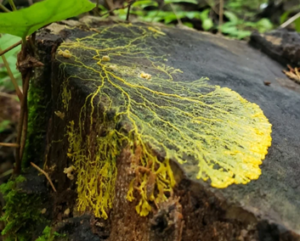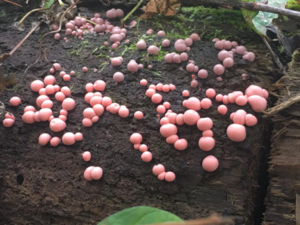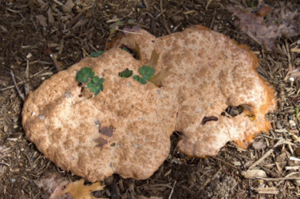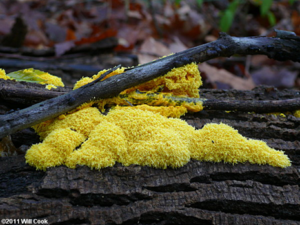Slime Molds
go.ncsu.edu/readext?873494
en Español / em Português
El inglés es el idioma de control de esta página. En la medida en que haya algún conflicto entre la traducción al inglés y la traducción, el inglés prevalece.
Al hacer clic en el enlace de traducción se activa un servicio de traducción gratuito para convertir la página al español. Al igual que con cualquier traducción por Internet, la conversión no es sensible al contexto y puede que no traduzca el texto en su significado original. NC State Extension no garantiza la exactitud del texto traducido. Por favor, tenga en cuenta que algunas aplicaciones y/o servicios pueden no funcionar como se espera cuando se traducen.
Português
Inglês é o idioma de controle desta página. Na medida que haja algum conflito entre o texto original em Inglês e a tradução, o Inglês prevalece.
Ao clicar no link de tradução, um serviço gratuito de tradução será ativado para converter a página para o Português. Como em qualquer tradução pela internet, a conversão não é sensivel ao contexto e pode não ocorrer a tradução para o significado orginal. O serviço de Extensão da Carolina do Norte (NC State Extension) não garante a exatidão do texto traduzido. Por favor, observe que algumas funções ou serviços podem não funcionar como esperado após a tradução.
English
English is the controlling language of this page. To the extent there is any conflict between the English text and the translation, English controls.
Clicking on the translation link activates a free translation service to convert the page to Spanish. As with any Internet translation, the conversion is not context-sensitive and may not translate the text to its original meaning. NC State Extension does not guarantee the accuracy of the translated text. Please note that some applications and/or services may not function as expected when translated.
Collapse ▲Have you seen anything like this in your mulch beds this summer? Collectively, these are called slime molds. Even though they can be strange or gross to look at, slime molds are completely harmless to humans, pets, and the plants in your flower beds. The type of slime mold that I have received the most calls about is called Fuligo septica aka Dog’s vomit. An accurate common name, since it does look like a dog threw up in the middle of your mulch bed.
Slime molds are fungi-like organisms and like fungi, they are decomposers. They love to feed on the bacteria of dead plant materials, like your mulch. They are spread by spores, so they can move very easily. They lay dormant until conditions are right in summer to show back up again. There are chemical fungicides that help control slime molds like products containing the active ingredient mancozeb. However, since it is no harm to anyone or anything, I always recommend just removing it with a pitchfork and giving it a toss to the woods or compost bin. You can also just spray it with a water hose if it creeps onto the base of your plants.
They are kind of weird looking, but they are kind of cool as well so don’t hate on the slime molds too much this summer, or blame your dog!








